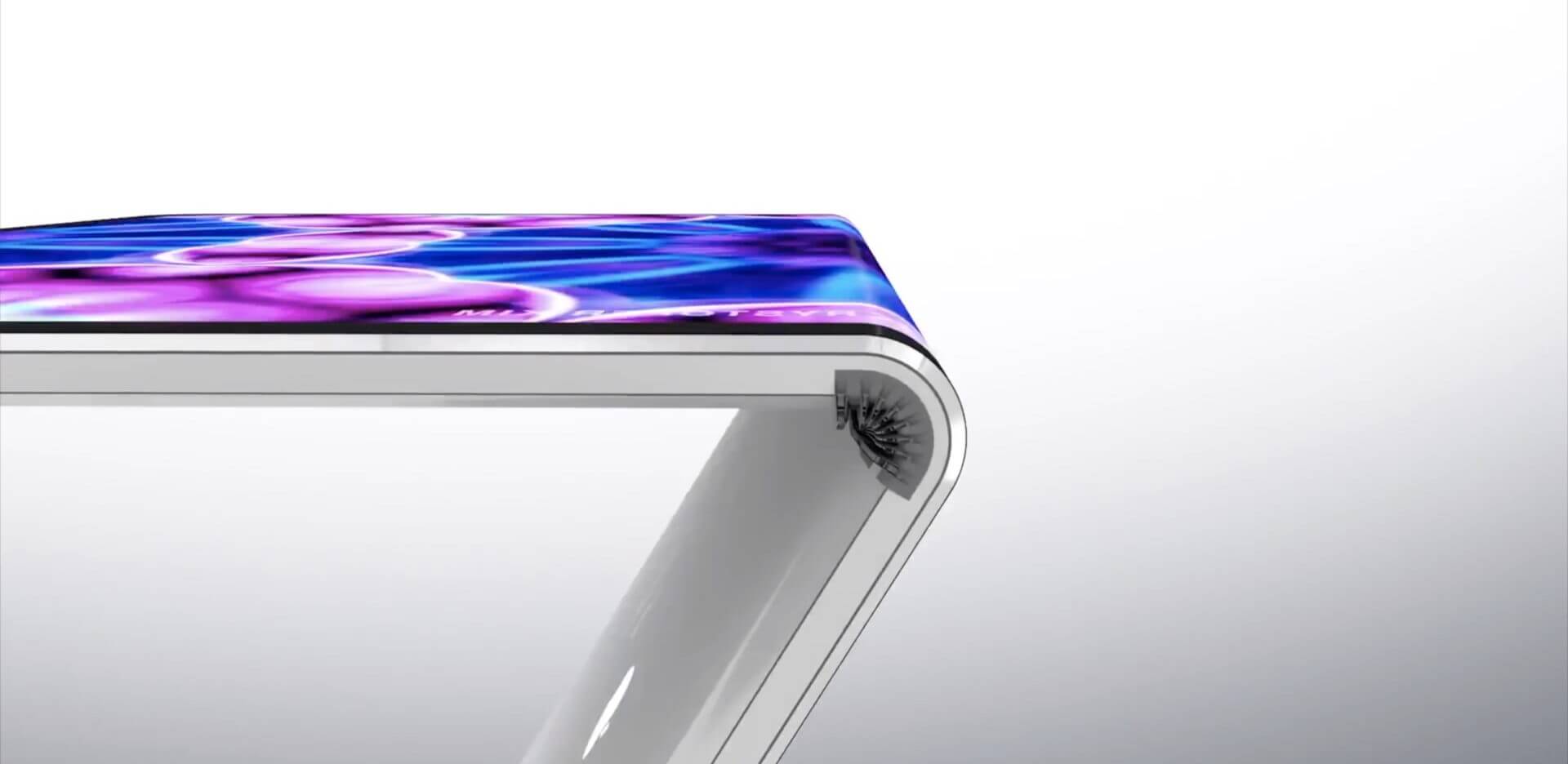Interacting with flat touchscreens through swiping and tapping has become a normal part of using smartphones or tablet devices. However, it still cannot compare to the convenience and ease of typing on a physical keyboard or playing games with a tangible controller. To address this, Craig Shultz and Chris Harrison from Carnegie Mellon University’s Future Interfaces Group (FIG) have developed a new display that can project screen areas in various configurations. Although this concept has been explored previously, this new version is more adaptable, thinner, and lighter.
At the ongoing ACM CHI Conference on Human Factors in Computing Systems in Hamburg, Germany, researchers from the Future Interfaces Group (FIG) at Carnegie Mellon University have introduced a new technology known as Flat Panel Haptics in an attempt to tackle the aforementioned issues. The technology is outlined in a recently submitted paper.
By utilizing embedded electroosmotic pumps (EEOPs), as Gizmodo stated, the researchers from FIG have accomplished the creation of a technology that can move liquids through the application of electrical fields, rather than mechanical parts. These pumps are incredibly thin, measuring only 1.5 millimeters. They can be paired with an equally thin liquid reservoir underneath them, and a flexible surface structure on top, which results in the almost immediate creation of pop-up buttons, measuring almost five millimeters in height with enough pressure and stiffness to give them a solid feel when pressed. The entire process takes approximately one second.
Due to their lack of flexibility, OLED panels cannot create large pop-up structures. However, when combined with the new embedded electroosmotic pumps, enough of a bump can be generated to allow a user’s fingers to differentiate between on-screen keyboard keys. Although there are some limitations to the technology, such as the predetermined shape and size of the pop-up buttons, there is potential for any size and shape of tactile button to be generated on-demand if they are made as small as the actual pixels on an OLED display. This could eventually eliminate the frustration associated with gaming on a touchscreen.
Further, as Engadget pointed out, the Flat Panel Haptics technology created by the FIG researchers may remind some people of Tactus’ rising touchscreen keyboard, which ultimately became a bulky iPad mini case. However, the FIG prototype is capable of taking on a greater variety of shapes and sizes, and the research team claims that their version’s thinness distinguishes it from previous attempts. According to FIG’s demo video, “The main advantage of this approach is that the entire mechanical system exists in a compact and thin form factor… Our device stack-ups are under 5mm in thickness while still offering 5mm of displacement. Additionally, they are self-contained, powered only by a pair of electrical cables and control electronics. They’re also lightweight (under 40 grams for this device), and they are capable of enough force to withstand user interaction.”
With a keen interest in tech, I make it a point to keep myself updated on the latest developments in technology and gadgets. That includes smartphones or tablet devices but stretches to even AI and self-driven automobiles, the latter being my latest fad. Besides writing, I like watching videos, reading, listening to music, or experimenting with different recipes. The motion picture is another aspect that interests me a lot, and I'll likely make a film sometime in the future.

